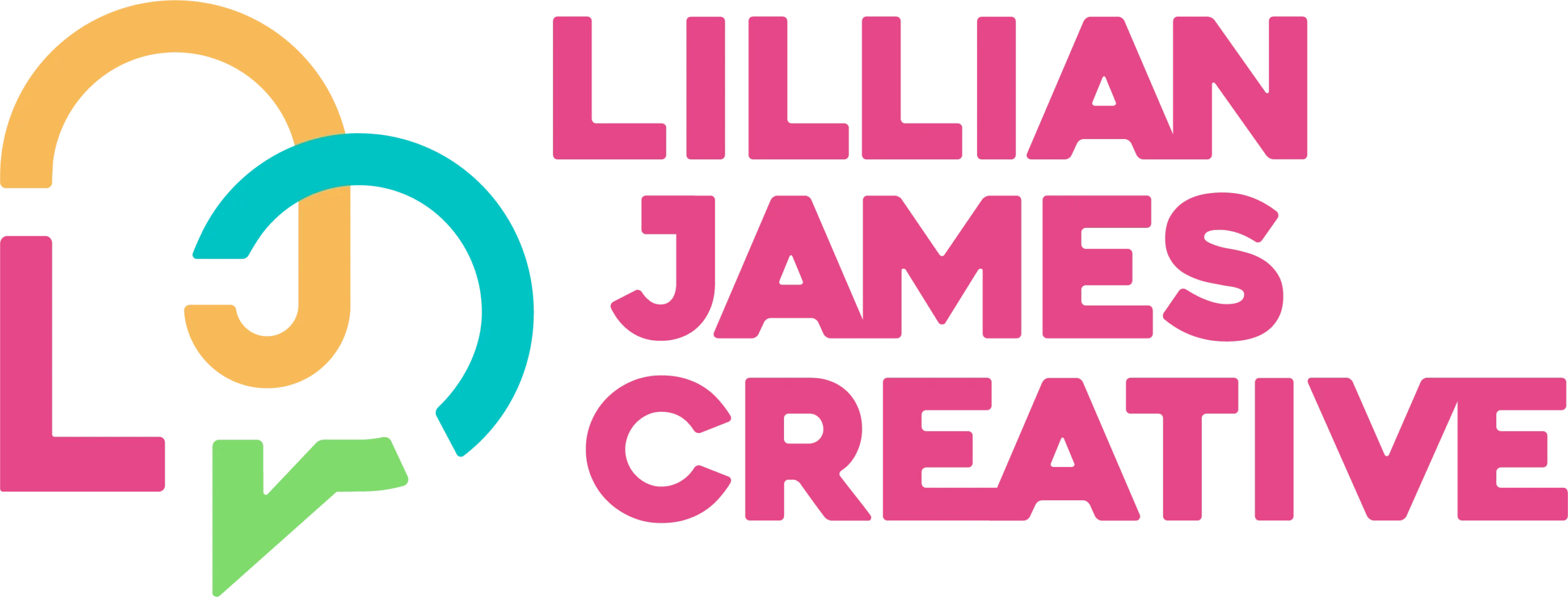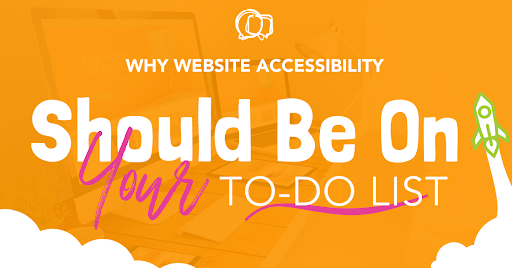When you open a physical store, you want to make sure that everyone has the opportunity to browse and see what you have to offer. This means ensuring ramps are accessible outside, isles are spread apart just enough to fit wheelchairs, walkers, or service animals, and you have bright lighting around the store. This mindset of inclusion continues if you open an online store or have a website to share your story and brand. A website needs to be just as accessible.
Website accessibility has been a rising topic as the Americans With Disabilities Act (ADA) has taken to looking at large corporations’ websites and ensuring they are inclusive to everyone. Websites are considered a service of public accommodation under the ADA and require that ADA accessibility rules are followed on websites, social media, and other online platforms. Not only would you be following ADA guidelines, but you would also be making your website more accessible to a bigger audience if you adapted to accessibility regulations.
What Does Website Accessibility Mean?
Being ADA-compliant on your website means looking beyond the copy and the graphics. While you might be able to read and see everything, that does not mean everyone else can. Website accessibility means that your website is able to be read and used by those with disabilities, impairments, and limitations.
Some might use screen readers, need captions on videos, or have trouble with specific fonts or colors. Website accessibility is there for anyone who is blind, deaf, hearing impaired, has learning disabilities, low vision, cognitive disabilities, and any other disabilities that might cause them to need accommodations.
Why Does Website Accessibility Matter?
By opening your website to people with disabilities, you are opening up your business to a whole new audience. Not only does this show that you are accommodating to their needs and open to what changes need to be made, but you are showing that your company cares enough to make the changes. Online accessibility has been a growing issue, and businesses of every size are taking steps to better their websites and online presence.
Examples Of Inaccessibility On Your Website
When websites are built out, it can be easy to look past any behind-the-scenes issues that might be lingering. When you create your website or want to update it, it can be helpful to seek a company that can run an accessibility audit and make the necessary changes.
A common issue to look out for is the use of color. If there is poor color contrast or you use color purely to relay information, it might be challenging for color-blind or vision-impaired people to read your content. For example, using light gray text on top of a dark gray banner or using a red colored font to show importance.
If you have fill forms on your website, it can be helpful to read through them and ensure they are accessible. Forms that are not labeled above the fill-in boxes or don’t have clear instructions or error indicators can stop people from filling them out.
Images and videos can also bring difficulties as hard-of-hearing people need captions on videos, and screen readers can only describe a picture if it has built-in descriptions.
Website Accessibility Standards
Within accessibility regulations, there are four standards to uphold when creating an accommodating website. The first one revolves around it being perceivable. People on your website must be able to understand and be aware of your content. This means they have to be able to see it or be able to use a screen reader. Next, the site must be operable. People must be able to navigate and use your website no matter the disabilities they might have.
The content must be understandable. Copy and graphics must be clear and easy to read, while pages must be organized for the user. Lastly, your website has to be robust. It should be easily interpretable and accessible by everyone, even if they use assistive technology.
Ultimately, creating an accessible website is quickly becoming a necessity in this day and age. To ensure that your current website is accessible to your whole audience or to create an ADA-compliant website, reach out to the team at Lillian James Creative.

